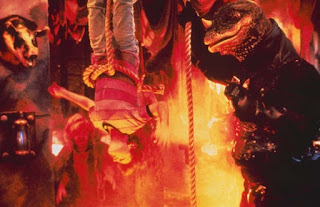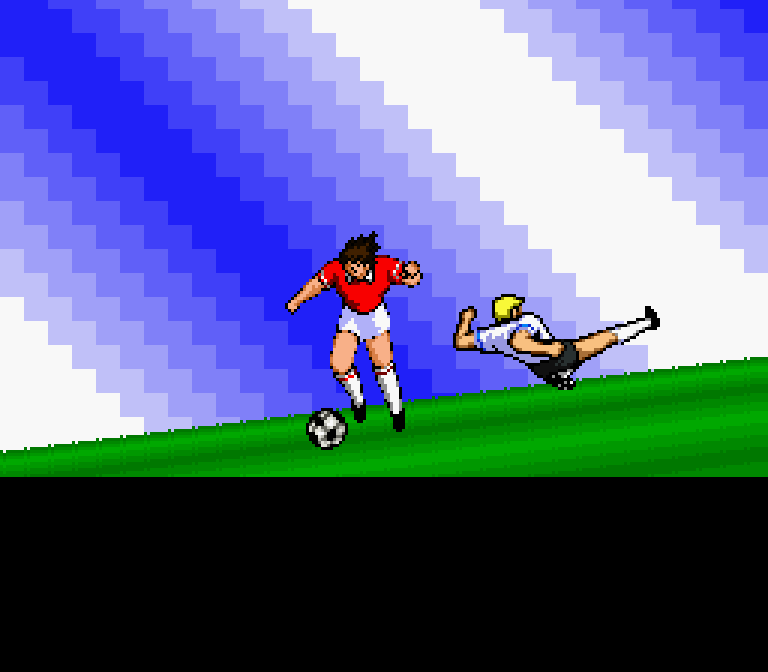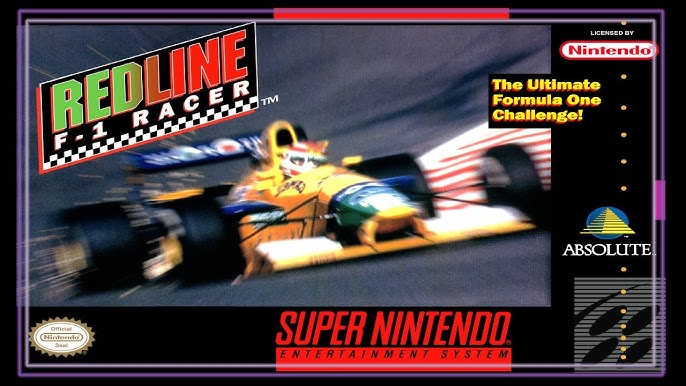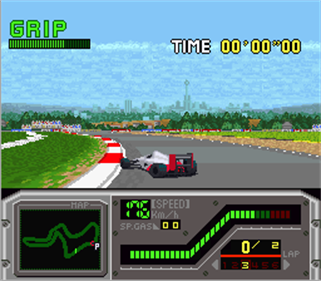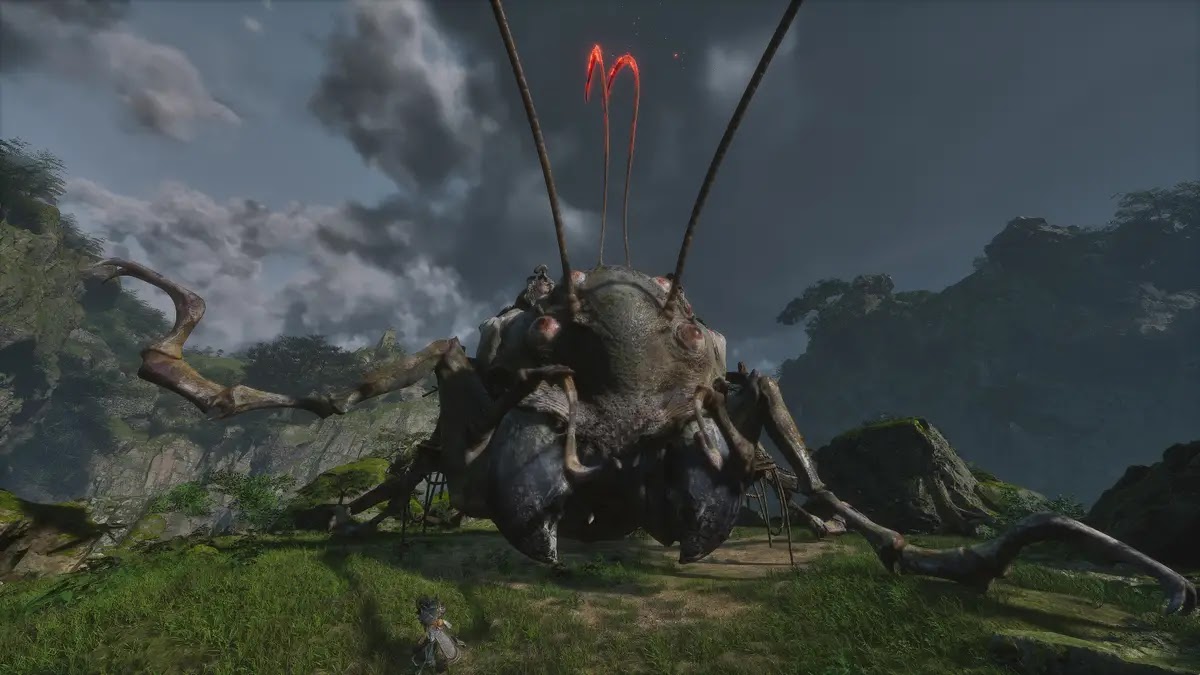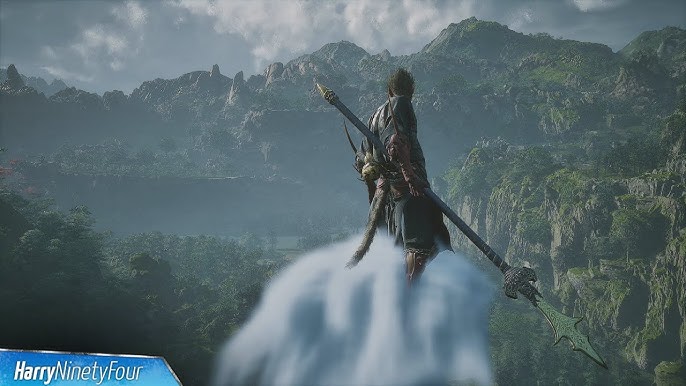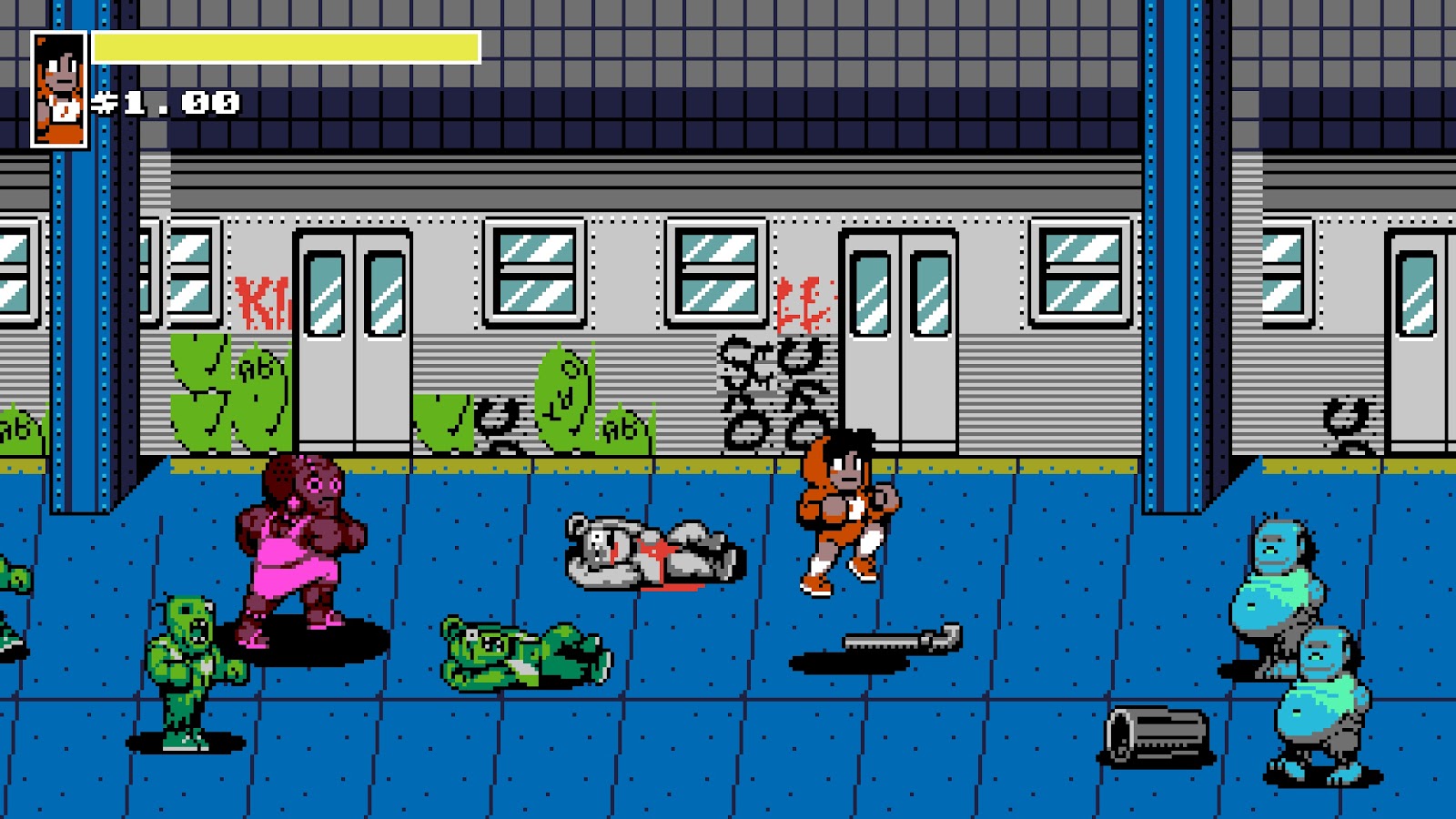Hello again! Another little "here's what I am playing" update. Let's hop in with a game that I finished.
Black Myth:Wukong
Wow what a delight of a game. I chewed through the last three chapters at a pretty rapid pace. Let's start with chapter 4.
Chapter 4 is probably the highlight of the game for me. For one, it is a descent then climb out of a mountain crevasse, starting with a plummet into a lair of insect and spider demons. It is a really creepy environment as you see the ruins of this town suspended in webbing, and the creature design really hits a peak in terms of creepiness. The second half of the chapter is a bit less impressive, as you are entering yet another corrupt mountain monastery, just this time with a bunch of worm, beetle, and scorpion demons. The late spring aesthetic is quite lovely, and the finale boss fight against a centaur-a-pede in a field of blooming flowers is quite lovely.
Chapter 5 is much more on rails, reminding me a great deal of the first chapter. You are climbing a volcanic peak to meet with an ally of Sun Wukong's, the Bull King, who is portrayed as truly massive (he is using a mountain as a backrest as he slumps wounded) minotaur. The main conflict of this chapter revolves around his demonic son staging a coup against his father, as he wants to claim the Wukong relic as his own. Overall, it's a fine chapter, with some good boss fights (including a really neat Yin Yang themed boss fight against a Taoist master), though it is basically very long boss rush, and the aesthetic is a bit uninspired as compared to the other areas encountered in the game.
The sixth chapter is certainly the most divisive amongst players of the game, and I will admit it feels like the most rushed out the door. Basically, you have recovered Sun Wukong's relics (which amount to the six parts of his person), and now you must claim the remnants of his armor, which have all grafted onto other living beings. They are spread around the mountain range where, having unsuccessfully challenged the heavenly court, Sun Wukong plummeted to earth and was imprisoned in his stone cocoon. The idea is this area has been left mostly barren, due to the desolation wrought by this plummet. The result, though, is a gorgeous open zone that you can explore using the flying nimbus cloud, but a zone that is also devoid of NPCs or much else to do aside from fight boss fights. There are no treasure chests, very few enemies, and very few secrets to find. The boss fights in this chapter are also brutal, so you end up ping-ponging around the map trying your hand at them until you make progress with one of them. The hardest boss, in my opinion, is a fight with a praying mantis who will combo you into oblivion, though you fight him in the stomach of your pig companion, which is pretty novel.
The final boss is, narratively, a bit hinky. The game decides, at this point right before the final boss fight, to lore dump the story of Sun Wukong. It is an odd choice to do this instead of interweaving it throughout the story. You are walking the pilgrim's path that Sun Wukong followed and seeing the foibles of the demons from "Journey to the West" but you really only deal with Sun Wukong as an individual in the last chapter. The final boss fight starts with a "stone monkey," the actual shell of the rock Wukong is entombed in, and then culminates in a final boss fight with a perfect doppelganger of yourself called "the Great Sage's Shell." You learn that Wukong is truly dead, and that your journey is not to reincarnate the Great Sage but to instead become an incarnation of his spirit. You are more of an echo of Wukong than Wukong himself. It is a hell of a boss fight and very difficult, but it loses out the spectacle I was hoping for in a final boss in a game all about spectacle. Also saving all this Wukong lore till the end really kills the impact of what the game is going for: do you really want to become the Monkey King after seeing the impact he has had on the world? He truly is a chaotic neutral presence, and he does as much evil as he does good. As far as narrative, the Destined One, you have very little agency in this choice. The game sometimes hints at this, as NPCs will comment that the title and narrative of you being a "destined one" has been a way to manipulate your path rather than a heavenly ordained fact, but it never feels narratively realized. Definitely a downside of the souls inspired story-telling where the major storytelling is left to the codex.
Overall the story falls a bit flat, but it is serviceable enough when the real memorable part of this game is the spectacle and bombast of the combat and the design of the space. This, in many ways, stems from Wukong being a side character in this till the final couple of chapters. A very strange choie.
As a caveat, I did not defeat the secret super boss, Erlang Shen, in a reprise of the battle from the beginning of the game. Apparently this boss, aside from being the toughest fight in the game, is one of the best in the game, but I am saving it for when the rumored DLC for this game drops and I get the urge to do a NG+ run of this game. This fight also adds a ton of context and direct story for Sun Wukong, plus you get the final animated cutscene instead of the subpar normal ending. For now, this game is considered completed.
Unicorn Overlord
While I have been playing Unicorn Overlord for a while, this is the first time I've decided to talk about it having reached the final mission. This game is the latest Vanillaware Ltd. game, a game studio that I have a ton of affection for, with Odin Sphere in particular being one of my all time games. It is a studio famous for either taking niche genres and either modernizing them or mixing them with components of other genres. Each of these games is also designed in the Vanillaware house style, which uses these lush watercolor hand-painted characters that are in constant animation (similar to old flash games where they are animated off the joints). In this case, Unicorn Overlord is a real time strategy game with auto-battling, harkening back to the SNES and N64 Ogre Battle games.
To sum up both the gameplay and the narrative very quickly, you play as the exiled Prince Alain, whose Queen mother's throne was usurped by the heavily armored General Galerius, who has now taken over all five regions of your home country of Cornia and established the Zenoiran Empire. You are now mounting a resistance in order to slowly and piecemeal retake your home country from this autocratic rule. Each battle is, ostensibly, to retake a portion or region of the map and to help inspire the populace to turn against the bootheel of their oppressors.
Sadly, the game doesn't do much to move behind this very basic storyline, and each beat of the plot is very predictable due to there being no real subversions to the story. There is a neat plotline where the Zenoirans are trying to recreate an ancient empire that collapsed, and are possessing people with the spirits of Zenoirans, but it really doesn't try to anything really groundbreaking narratively. Your army is good because it is not evil, and the villains are evil because of course they are. This is especially disheartening in a time when the conversation of "what does it mean to rule or have power" is one that is ever present in our world. You are trying to be a king: a benevolent one, true, but an absolute monarch nonetheless. Now apparently in the best ending you resign as king and instead institute a Democracy, but this seems very naive rather than progressive.
This style of storytelling wouldn't be so offensive if there wasn't so much story to be told: each character and region generally has its own arc on top of the macro plot, and there are plenty of cutscenes that just add more and more simple tropes to the story. There are some really fun characters, but this is mainly in terms of design rather than writing. The writing is generally limited to anime earnestness and sincerity, where characters mean and say exactly what they mean, be it evil or good. Disappointing overall.
The designs of the characters are quite stand out I will say, even though many of your female warriors are incredibly busty, with some of their designs bordering "Chicks and Chainmail" style. Your griffon riders' curves, for example, breast most boobily as their animation plays up and down. Even the canon female lead wears a top that her curves almost literally bust over. This has been a common complaint with many Vanillaware titles, and one that has sadly been baked into their house style. Otherwise the designs are a delightful mixture of fluid and sharp; there is a clear direction and voice in the styling, with a lot of care placed in accenting personality with design, even if the eventual personality is rather shallow.
Overall the game is fine! I think a big issue is that the battles, since they play automatically, make the mistake of giving you a preview of results of the battle before hand, which led to me just skipping the fun animations and letting the game do the math for me in many battles. A good comparison to this was Ogre Battle 64 which would let you preview the enemy unit compositions, but the results of the battle were hidden until the very end of combat. This made you much more reactive in recompositing your party if you hit an enemy unit which decimated your crew. In the case of Unicorn Overlord, I would just pick a unit that was guaranteed a victory against an enemy unit, and wouldn't engage with units who would destroy my party. In turn, this took a lot of the drama out of the battles; there were some nail biter encounters to be sure when the enemies overwhelmed you or stage hazards were present, but the key combat was kind of dull. Plus, when gorgeous battle animations are your bread and butter, giving the option to skip these battles really short circuits one of your big selling points, especially when battle animations really eat up time too.
Where I am standing now, I am at the final battle with an end boss who really just needs a certain "key" party composition to unlock. The Emperor Galerius has high defense, raises a shield, and then heals for a quarter of his health between every skirmish, so mostly your parties just bounce off of him until you run out of time. He needs a build that can do multiple hits to break his shield, have high initiative, and can't be debuffed so they can out DPS his health regain. I understand how to beat him conceptually, I just need to grind the necessary units and rebalance my parties, and that is work I really don't want to do after an incredibly successful rest of the game/level. Oh yeah, this boss is at the end of a half hour- 45 minute mega battle with four other bosses and a ton of stage hazards/units to combat, and a mechanic where the enemy can mind control your units unless you spend stage points to break the possession. At this point, has worked through its scant charm, and I am going to put it down for a bit and just watch the ending on Youtube.





UFO 50
For the past several months my Steam Deck has been devoted to one game only, and one that is actually 50 games. This game is the indie darling, UFO 50. UFO 50 is based off those cheap game multicart compilations you'd see for the NES like Action 52 except the idea more "what if all of those games were actually complete games that were fun to play." Each game in this compilation is a complete game, and the range of games covers a whole lot of different genres.
This game was developed by Mossmouth, a team of popular indie developers such as Jon Perry (a prominent board game designer), Eirik Schulke, and Derek Yu, the creator of Spelunky. The conceit of this compilation is that these three, when buying a storage unit off auction, discovered a console known as the LX-III, a Commodore style PC console developed by the fictional developer UFOsoft. On the console were fifty ROMs, and the developers at Mossmouth decided to compile them into this collection.
What is especially interesting about this game is its narrative. Not only do you have the individual narrative of each game, but then you also have the macro-narrative of UFOsoft as a whole: starting as a couple of guys working on a game while bored at their data-analytics job, becoming a full on company with break out hits, developing its own mascots in the "Pilot," and then finally shuttering due to the tragedy of corporate bloat and interference.
Even better, this macro narrative is not front and center, but dropped in a series of snippets and hints throughout each game. For example, in the credits of one game, the credits being limited to just initials aside from the producer, a practice for 80s and 90s game developers to prevent their employees from being poached that in turn devalued their effort and work. Another great example is the little profiles and "fun facts" written for each game, which give sneak peeks into the office culture at UFOsoft. Finally, there is a trail of easter eggs developed using the games terminal system that rewards your knowledge of each of the games and unlocks the 51st game in the collection: Miasma Tower. This game is a tour of the fictional UFOsoft offices with a ton of shade thrown towards the producers who took over UFOsoft from the original developers.
Instead of going game by game, as that would be just way to tedious, I am going to pick a random assortment of five fun games that I have achieved a Gold Trophy (the first level of completion, which is followed by a much more rigorous Cherry Trophy goal). I should say, before I start the list, there is really only one or two games that I would consider outright bad, with most ranging from a fun diversion to truly great games.
1. Party House: Considered by many to be the best game in the collection, this game is a deck builder where you are trying to throw the best party in the neighborhood in the span of a month. Your "cards" in this case are guests you call from your rolodex, and each turn is a random pull from your rolodex that determines who walks through the door. Each guest (who are all quite charming in their design) comes with a score value: some guests grant "popularity," a currency you can spend to add other guests to your rolodex, and some just straight give you money, which you can use to expand your house to fit more guests. The issue comes with the fact that some guests are "trouble" and if you get three troubles, then the cops shut your party down. That is the core loop of the game: a press your luck style game where you are trying to gain the most resources without the party crashing. To win, you need to invite the most elite "star" guests, and usually have to have at least four star guests show up to one party within the time limit set by the game.
2. Mini and Max: Mini and Max is a 2D collectathon where you are a little sister whose sister has locked you in a knick-knack closet while she throws a party. It is here that Mini and her dog Max learn you have the ability to shrink, and you end up exploring the room at the size of a bug. It is a really interesting use of a single "level" and a simple sprite art map, as each part of the room, from the flower pots to the toy train to the stack of books, becomes its own biome within the stage. This gets an additional layer of complexity when you learn how to shrink down to the microscopic level, adding even more stages and secrets to uncover. This game does something magical in that it makes a single room feel massive in scope. I think it helps that you have initial goal aside from gather 500 of the currency (stars), so you are encouraged to explore and interact with various NPCs in order to make this quota. Really quite fun game with great sprite art.
3. Lords of Diskonia: This is a really strange one: it is a mix of a turn based SRPG and air-hockey. You control the red army, and you are trying to capture the blue stronghold in an ongoing campaign against their army. Each unit on the battlefield is represented by an air hockey puck that attacks by either colliding with an enemy unit or casting a projectile. Of course, you do bonus damage for causing enemy units to collide with other units, or by knocking them into hazardous terrain. Each puck has different values: Ogres do high damage and have high health, but they are one of the biggest pucks and can only move once. Rats have little health and only do one damage, but they can attack three times per turn, still can knock units about, and can cross the battlefield easily. It becomes a really tense battle of positioning and utilizing your battlefield, and really punishes the "murderball" strategy of most SRPGs.
4. Kick Club: If you were hoping for a 2024 version of Spanky's Quest then boy does UFO 50 have the answer for you. Kick Club is a single screen action platformer where you play a Soccer player who is fighting other sports equipment, and you only weapon is a soccer ball that you have to retrieve first (similar to the Neo Geo game Zupapa! in which you have to gather little guys you can throw). This game is really punishing and difficult, but what makes you come back for more is the Smash Bros style movement tech you have at your disposal. You can air attack the soccer ball, slide kick into it, headbutt it, or charge kick it so that it will ping pong around the room. It gives you a really satisfying learning curve to master which crests with the difficulty of the game. It is 40 levels, so it is a lot of perfection that the game is demanding of you, especially when failure sends you all the way back to the beginning. Overall, though, I became addicted to conquering the challenge that this game was offering.
5. Elfazar's Hat: It's a Pocky and Rocky clone! That's right, a top down schmup platformer that is tough but nowhere near as challenging as Pocky and Rocky. That's really it! Fun sprites with a stage magician theme, and just a really good execution of the concept.
So far, I have Gold Trophied 26 games of the collection, and Cherried and additional 2, and I plan on completing this collection. I haven't dug into about 15 of them, and I know I have a 35 hour JRPG, an immersive sim, and a metroidvania left to tackle, so I know there are some real gems left to devour.
Legend of Zelda: Echoes of Wisdom
I beat it. Man this game really bummed me out. Truly never really pulled out of the nose-dive into the issues that I elaborated on in my last post. It really was quite the slog by the end. The boss fights probably end up being the best part of the game, but the game is really restrictive in what it allows you to do, and the UI really limits the creativity the game is so clearly going for in its gimmick.
Honestly, the gimmick itself is really lackluster: the effective uses that your echoes can accomplish feels much smaller than the overwhelming amount you can get. Sure I have a brazier, a torch, and lava, but I really use them only to burn obstacles or light other torches. Sure I have a bed, a crate, a chair, and a trampoline, but I really only use them to climb onto ledges or span gaps (though you can also use the bed for healing). I am sure the community around this game will find some neat things and good skips using these items, but for the casual player this game is woefully inadequate.
Narratively, while Zelda has never been a powerhouse in this department, this game really doesn't do anything to elevate the source material, or really even tell an interesting story. It is incredibly boring and lackluster.
Okay, this post is getting a little long in the tooth, we will talk about Indiana Jones and a new crop of games next time. Ciao!





